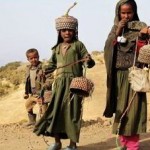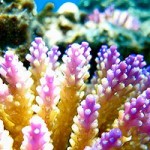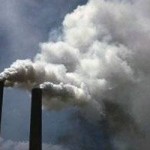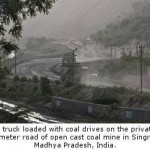From this descriptive analysis, we can see why monoculture plantations have failed worldwide and multi-species plantations have gained importance and credibility over a period of time. In South East Asia (Indonesia), large oil palm plantations have destroyed the tropical rain forests. In Africa, large scale monoculture plantations of alien species in place of natural grasslands in Tanzania have failed.
Few Do’s and Don’ts for Plantation Projects Under CDM:
- No Monoculture Plantations – A concept of mixed species, including indigenous species, should be prioritized. The knowledge gap about various species should be filled in, for example, every geographic area supports a species specific according to the climate and soil of the region.
- Ecological Issues – To be addressed and studied at regular intervals. The plantation and its impact on the ecosystem of the area, and how it is affecting the carbon cycle and hydro-geological cycle should be studied at regular intervals by the ecologists.
- Pilot Projects – Small scale plantations should be started initially, rather than attempting for large scale. The advantages and disadvantages will come to light and then the learning can be incorporated for large scale projects.
 Reducing Emissions from Deforestation and Forest Degradation (REDD):
Reducing Emissions from Deforestation and Forest Degradation (REDD):
REDD provides financial assistance to those nations which promise to protect their forests and reduce carbon emissions by controlling deforestation and forest degradation. It gained importance at Conference of Parties held in Bali in 2007 and the United Nations Framework Convention on Climate Change (UNFCCC’s) scientific body reported as to how it will mitigate climate change.
The programme was initiated without any proper guidelines and a universal methodology was applicable to all nations. Infact, there was no clarity on definitions for terms like afforestation, reforestation, forest degradation and deforestation.
Conceptually, first, a good spatial database should be available for all natural resources. Second, regular monitoring facility should be there to keep a record of the changing scenario. Third, right decision should be taken regarding right place for conservation or other efforts to cut down on carbon emissions.
Afforestation and reforestation projects are supposed to support the REDD programme. I have analyzed these projects based on their Strengths, Weakness, Opportunities and Targets (SWOT Analysis).
Afforestation
Afforestation means establishing a forest cover on a land which was never a forest. The purpose is to create a forest land which would support few plants and animals, thereby providing benefits both commercially and ecologically.
Strengths: It is one of the best methods to curb green house gas emissions. Industrial [afforestated] plantations on large scale provide timber, food and fodder for the people in the vicinity and also offer temporary jobs. Nearby industries could be benefited.
Weakness: It is commercially beneficial but is a threat to the ecology and biodiversity of an area if the crop planted is monoculture. Single species plantation of conifers and alien tree species tend to change the land ecology. This change is a threat to the indigenous tree species of the area. It does not support biodiversity and animal habitats.
Opportunity: Government’s forest inventory usually has statistics regarding forested lands. But no database or information is available for lands without trees. Suitable lands for afforestation have to be documented. Large areas are there as wastelands which could be used for this purpose. A culture of mixed species plantation should be adopted and priority should be given to indigenous species of the area.
Targets: To educate and bring awareness among the local communities. To ensure adequate protection measures are taken of the afforested areas.
Reforestation
Reforestation means re-establishment of forest tree cover on land where once forest existed.
Strengths: It provides an opportunity to maintain the integrity of forest. At the same time, it would provide sustainable use of the tree species to the local community.
Weakness: While monitoring the changes in carbon emissions, one should include all lands inhabited with trees (agriculture, forest and urban areas). Forest harvestation takes place at regular intervals, which is not taken into account. It should rather be termed as deforestation and emissions from harvesting should be included in the count to avoid huge imbalance. A vital point to be noted is that change in forest area as well as changes in above ground biomass should also be tracked.
Opportunity: To monitor and track changes in carbon emissions, satellite remote sensing data can be of potential help. Mutlispectral and multitemporal satellite data can help in identifying suitable areas for afforestation (Babu etal., 2002), reforestation and deforestation. Using coarse resolution data and fine resolution data, both at global and local scale, changes in forest cover can be monitored. Establishment of permanent plots also helps in studying the dynamic changes in plant community structures. They are the best tool available for evaluating and understanding the tropical ecology, despite the required resources, time and exposure (Sheil, 1995).
Targets: Plantation should be carried out strictly on previously forested land rather than choosing a non-forest land or transforming an agricultural land into a forest. If an agricultural land is converted into a forest, then it looses the capacity to absorb carbon from soil. Methane, a greenhouse gas, is also affected as the converted soil looses its capacity to convert methane by 80% as compared to the case when plantations are done on a forested land (Yigi Luo, et al., 2010.)














